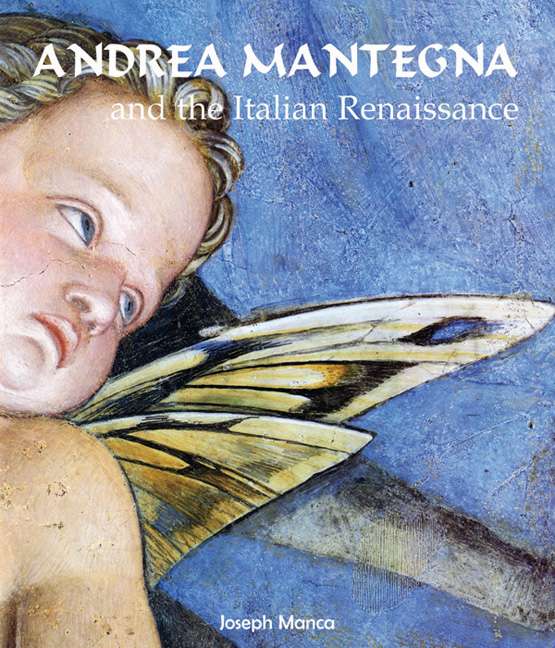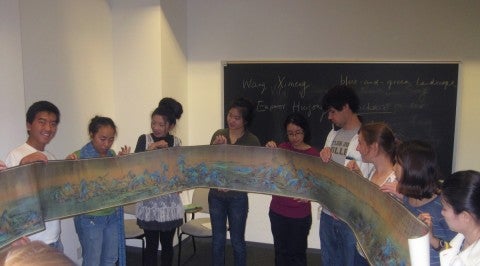Andrea Mantegna and the Italian Renaissance
Joseph Manca
London and New York: Parkstone Press International
2006
Mantegna was born in 1431. He trained in painting at the Padua School where Donatello and Paolo Uccello had previously attended. Even at a young age commissions for Andrea’s work flooded in, for example the frescoes of the Ovetari Chapel of Padua.
In a short space of time Mantegna found his niche as a modernist due to his highly original ideas on the use of perspective in his works. His marriage with Nicolosia Bellini, the sister of Giovanni, paved the way for his entrance into Venice.
Mantegna reached an artistic maturity with his altarpiece of Pala San Zeno. He remained in Mantua and became the artist for one of the most prestigious courts in Italy - the Court of Gonzague. Despite his links with Bellini and Leonardo da Vinci, Mantegna refused to adopt their innovative use of colour or leave behind his own technique of engraving. The Bridal Suite is considered his most accomplished work.

